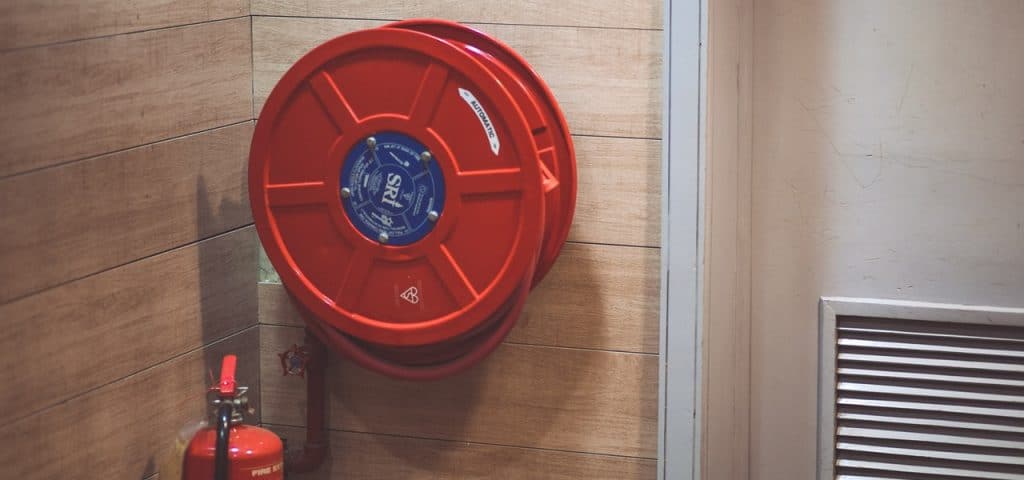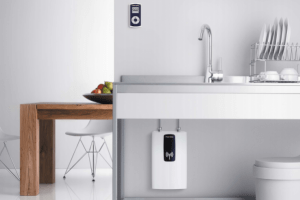The fire and rescue service is called out to around 50,000 domestic fires a year. This leads to almost 500 deaths and 11,000 injuries caused by fire. By looking at these statistics, it is quite easy to see how important it is to have a smoke alarm on any domestic property. What’s more important, is understanding the types of smoke alarms that most domestic properties use. Ionisation and optical at the two most common types, both using different methods of detection.
Alarm type: Ionisation
Historically, ionisation smoke alarms have proven to be the more popular option. The smoke alarm comes with a small amount of radioactive material between to plates that are electrically charged, this then ionises the air and causes a current to flow between these two plates. When smoke enters the chamber, it disrupts the ions flow and reduces the flow of current. This then activates the alarm.
Ionisation smoke alarms are extremely sensitive to the small particles of smoke that are produced by fast flaming fires. However, this sensitivity can sometimes become a bit of a nuisance, with some being set off by a simple toaster. This can lead to many individuals losing patience and removing the battery or disposing of the smoke alarm altogether. You can clearly see this in recent statistics from the Department for Communities and Local Government, which revealed that a non-operational smoke alarm was present in 19 per cent of all dwelling fires in the UK.
Optical
Optical smoke alarms are more responsive to fires that follow a long period of smouldering. This includes fires caused by cigarettes. They are far less likely to cause a nuisance than their ion competitors. However, the downside is that they can be less sensitive to fast-flaming fires that generate lots of heat but limited trails of smoke. The smoke alarm sensor works by sending a source of light into a sensing chamber. As the smoke begins to fill the chamber, light is reflected onto a light sensor. This then triggers the alarm. An optical alarm is a better choice for identifying smouldering fires. However, ionisation smoke alarms outperform optical when considering the monitoring of fast flames. Of course, they are still quite prone to cause an unnecessary nuisance.
Multi-Sensing
To tackle the issues that both alarms represent, multi-sensing alarms are getting more popular. The great thing about multi-sensing alarms is that they bring together the benefits of both optical sensing with thermal enhancement (aka, Thermoptek multi-sensor) to detect fast flames and slow smouldering fired in a single alarm. The alarm consistently monitors the temperature of the room. If the temperature suddenly rises, the sensitivity of the alarm is adjusted and can react significantly quicker.
Where to Use your Alarms
As each alarm reacts to a different scenario, it helps to ensure that each type is placed correctly around the house. For multi-sensors, there should typically be one in each room of the house, bar the kitchen and bathroom. Single sensor alarms should be placed throughout the hallways, loft conversions, dining and living room. The bedrooms could be fitted with alarms, but depending on the floorplan, it may not be as necessary.
No matter which type of alarms you use, the kitchen should always have a heat sensor. This will ensure that the moment the temperature rapidly rises, you will be made well aware.
ABM Electrical are here to Help
So, you now know the different alarm types for different kinds of fires. What’s next is for you to make sure your domestic property has the best alarm to stay as safe as possible. At ABM Electrical, we are here to talk you through your options so that you leave with the best product. Get in touch to hear more about our products!





